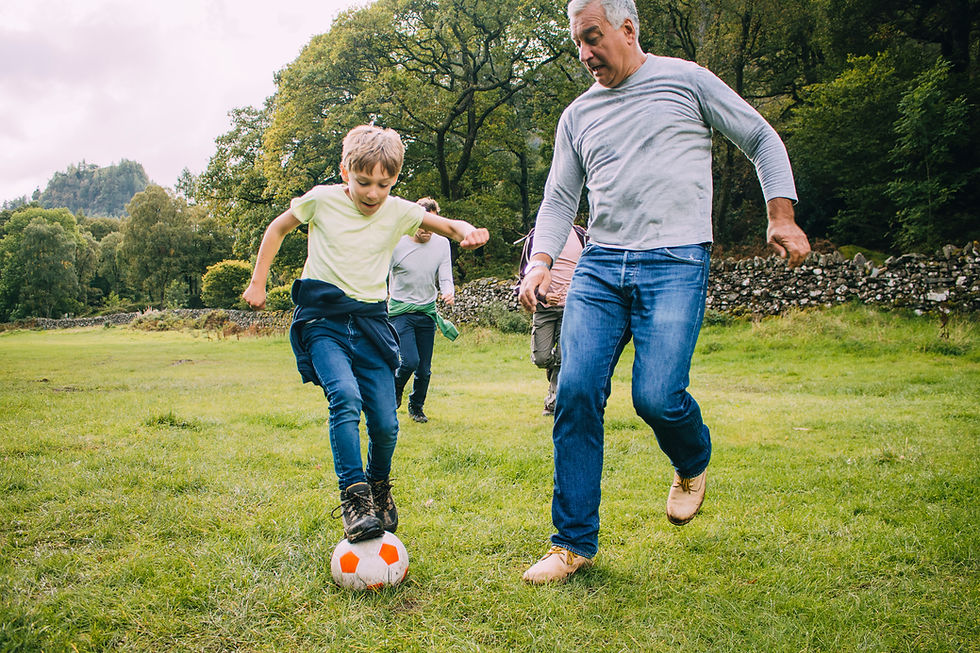Walking and Exercise for Bone Health & Muscle Mass in Older Adults
- Rock Hudson

- Apr 6, 2023
- 2 min read
Sarcopenia refers to the decline in muscle mass, strength, and physical function that often occurs with aging. Osteoporosis, on the other hand, is characterized by the decline in bone mass and bone mineral density, or BMD, which may or may not be associated with aging. When both conditions occur together, they are referred to as osteosarcopenia, a common condition affecting up to 37% of adults older than 65. Osteosarcopenia poses a significant threat to health, as it is linked to a higher risk of falls, fractures, and earlier death.
After the third or fourth decade of life, adults reach their peak bone and muscle mass, after which they start to decline. From age 50 and above, adults may lose about 1%–2% of muscle mass and 1.5%–3% of strength annually. Similarly, bone mass declines at a rate of about 1%–2% per year, particularly accelerated in women after menopause. It is crucial to build as much bone and muscle as possible early in life by engaging in regular exercise, which can offset or prevent some of the age-related declines in muscle mass and BMD.

Weight-bearing exercises, such as walking, jogging, and high-impact sports like tennis, basketball, and volleyball, are osteogenic and stimulate bone formation and improve bone strength. While these activities are great for bone health, they do not effectively build muscle mass. Resistance training with heavier loads is necessary to increase muscle protein synthesis, muscle hypertrophy, and maintenance of lean muscle mass. Resistance training also benefits bone health. Thus, a combination of aerobic weight-bearing exercise and resistance training is expected to produce the greatest benefit for bone and muscle health, particularly in older adults.
While engaging in walking and resistance exercise is better than not engaging in any exercise, adults younger than 65 who engaged in resistance training had better bone health and more muscle mass than adults who only walked. The same is true for adults older than 65, where a combination of resistance training and walking improved BMD and muscle mass more than walking or resistance exercise alone. This indicates that young adults benefit more from resistance training, while older adults require a greater exercise stimulus to increase BMD and muscle mass. Their bones and muscles may not be as responsive to a lower volume of exercise as those of younger adults, leading to the need for a combination of exercise types.

Interestingly, older adults who engaged in both walking and resistance exercise had higher skeletal muscle mass than younger inactive adults or those who just walked, and similar levels of muscle compared to younger adults who engaged in resistance training with or without walking. This suggests that muscle mass can be preserved with age through the combination of regular walking and resistance exercise. Studies have established that all types of exercise, including weight-bearing aerobic exercise and dynamic resistance training, increase BMD in postmenopausal women. Resistance exercise training also increases and maintains lean muscle mass in older adults.



Comments